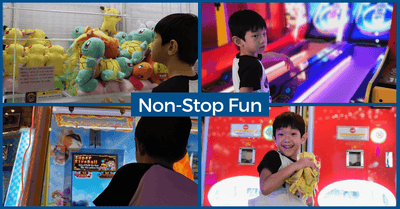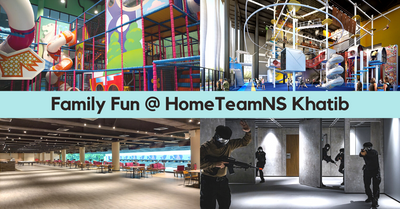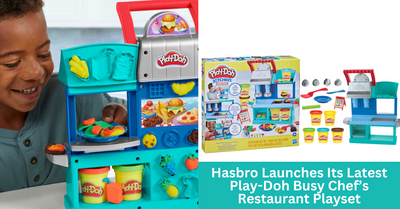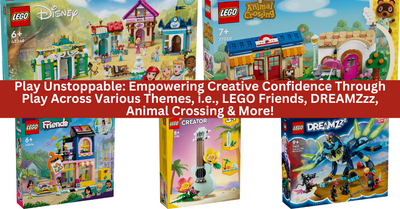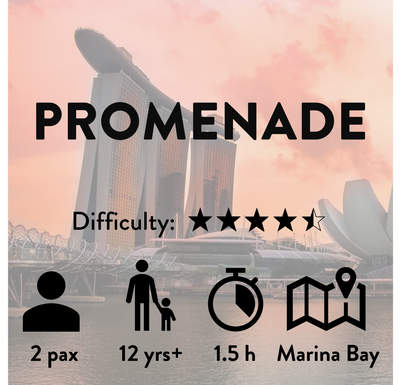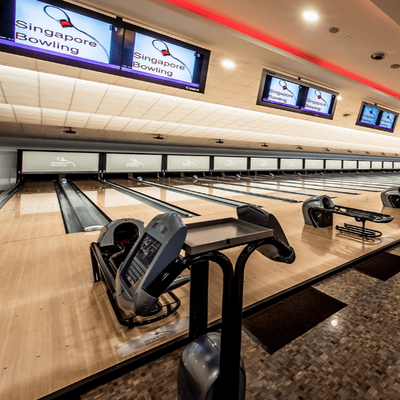The second of our Expert series and we look at choosing the right toys for kid (0 - 6yrs). This article is contributed by Busy Tables, a play venue specialising in open and creative play
As parents, we love to spend on toys for our children. How do we maximise the value of these toys and make them last for a longer period for our children? Here are 5 tips that may help you decide on the type of toy you buy on that next shopping trip.
Open-endedness
Picking a toy that is open-ended ensures your child sustains a prolonged interest in it. Toys of this nature encourages your child to play with them in many different ways instead of in just one specific manner. At the same time, these toys can be complemented with other materials such as cloth or foil for a more fascinating play experience. By engaging in open-ended toys, your child is presented with the opportunity to be more creative and sharpen his/her problem-solving and logical thinking skills.
Examples of open-ended toys would include building blocks and various other construction manipulatives. Not only can building blocks be used for stacking, but in other manners, they can be the tool to creating your very own intricate city.

Adaptability
Your child is a dynamic being, continuously growing and developing in various stages of development. Staying true to this innate quality of your child, consider toys that can adapt to his/her needs as he/she matures. Toys that are sensitive to this will encourage different types of play at different points of his/her development.
An animal set is a great example of an adaptive toy. Expect to see your child engaging in such toys differently from when he/she was younger. During younger stages of development, your child may engage in unoccupied play where he/she interacts with the animal figurines in no other manner than it is mainly interesting to do so. As he/she grows older, these very same animal figurines become the medium to boundless imaginative play.

Less is more
We get easily fascinated by toys that have full sound and light features and feel inclined to buy it for our child. However, these type of toys may not encourage your child to acquire new skills or strengthen his current set of skills. Instead, opt for toys that allow for active participation from your child.
Simple toys like the magnetic fishing game by BoiKido works great for this purpose. It strengthens your child's level of focus, patience and eye-hand coordination.

Age-appropriateness
Understanding the unique characteristics of your child in each of his/her developmental stage can help you select the right toy for him/her. Play, in this regard, should offer the right amount of challenge to your child and not result in frustration for him or her.
For babies from birth to 18 months, simple toys would largely be suitable as they are generally curious about the world around them. Manipulative toys may sustain their interest as they start to explore basic concepts such as sound and movement.

For toddlers between 18 months to 3 years, they prefer to be moving around in their exploration of the environment. Toys that encourage such active movements would pique their interest greatly. A great example would be the Janod Penguin Dominoes.

Safety
Last but not least, safety. Will the toy be safe for your child to use. To ensure that your child has a meaningful and pleasant play experience, ensure that the toy does not have the following features:
- sharp or rough edges
- toxic
- parts which can loosen or break off easily
- breakable or fragile




